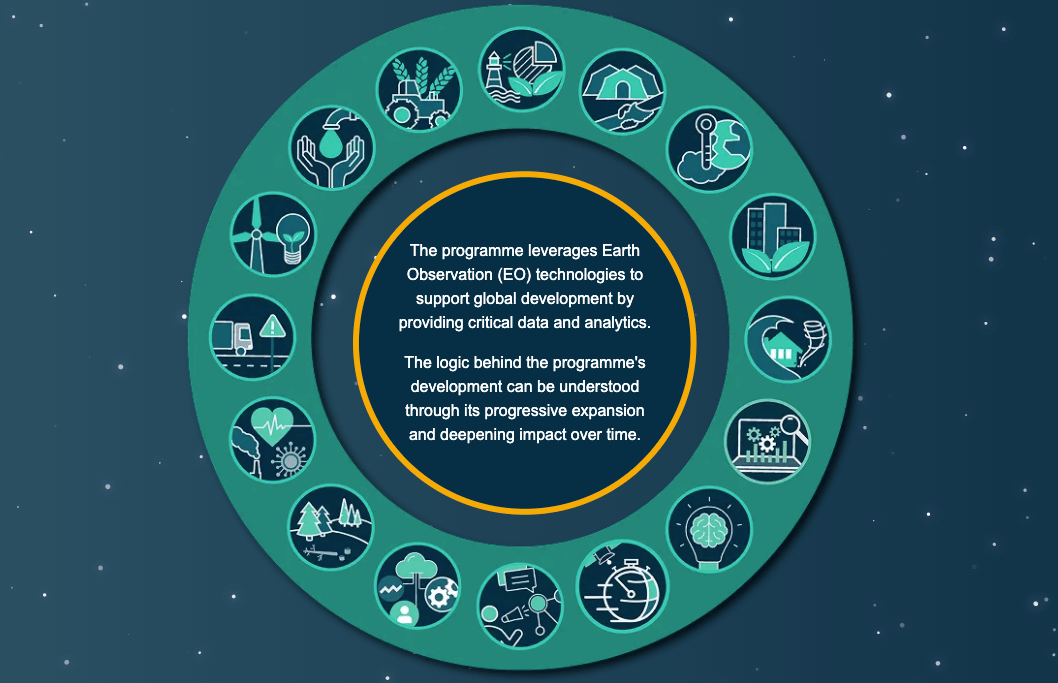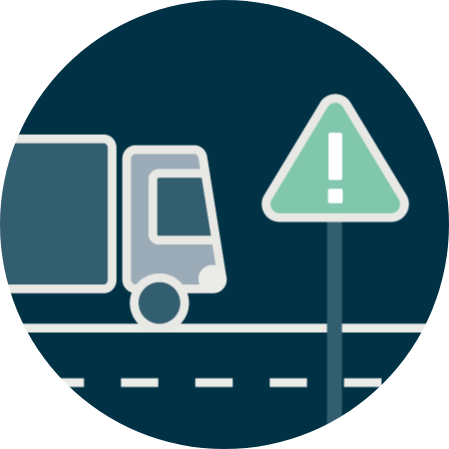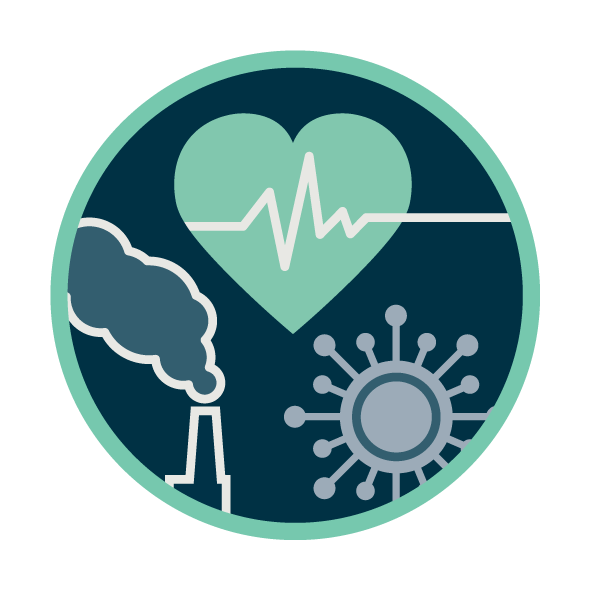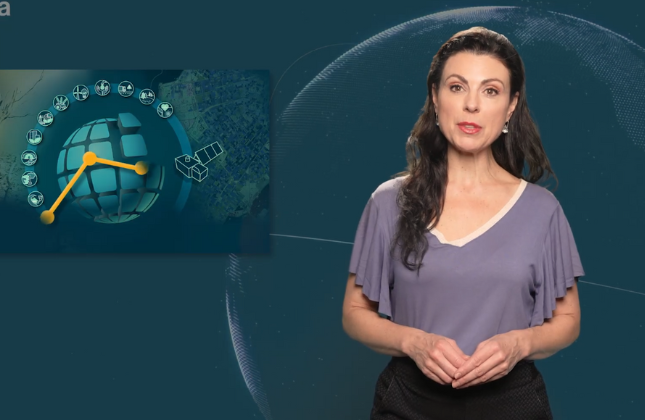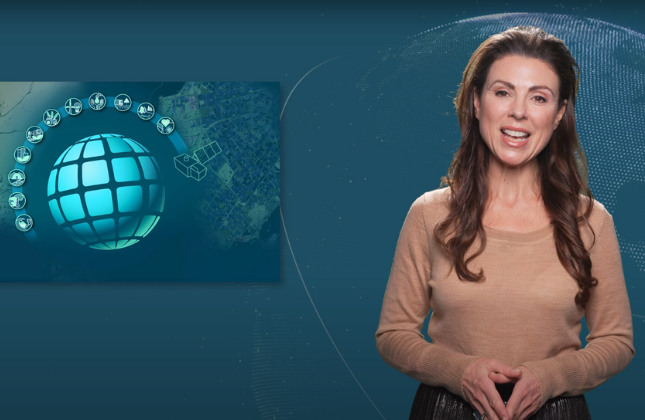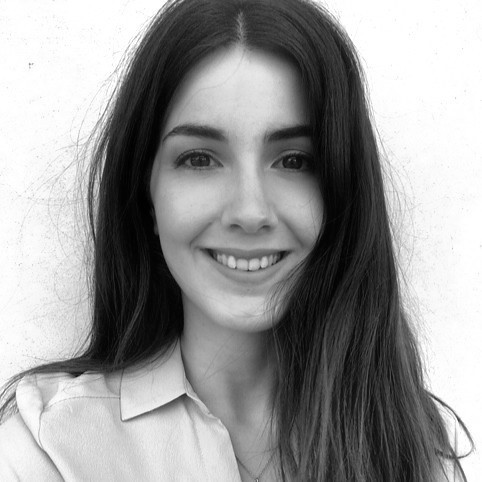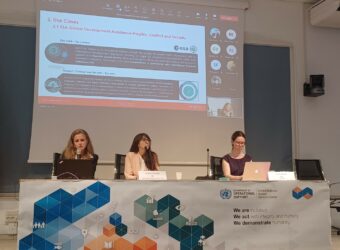The GDA Transport & Infrastructure (GDA T&I) activity is supporting the World Bank’s Trade & Competitiveness Global Practice team in gathering actionable insights on Cambodia’s infrastructure and transportation systems.
Overcoming transport hurdles in Cambodia
Despite progress in infrastructure development, Cambodia continues to face challenges in the areas of transport and logistics. Major trade routes still have significant gaps in connectivity that slow down cross-border trade. Ageing rail and river connections add to these problems, while inefficiencies at ports and border checkpoints increase costs. These obstacles limit Cambodia’s ability to exploit the full potential of regional trade.
To address these challenges, the World Bank’s Trade & Competitiveness Global Practice team is supporting regional and country-level efforts to assess logistics and transport constraints in the country. In this context, the collaboration between the World Bank and the GDA T&I activity aims to create a clearer picture of the current barriers, helping to shape strategies for more efficient trade and transportation systems. The GDA T&I consortium is, in fact, providing data on the use of border crossings, logistics assets, and cargo handling at ports.
Using satellite data for transport and trade monitoring
The activity has involved the acquisition and analysis of satellite imagery by the GDA T&I consortium member SpaceKnow, with support from DLR, which provided data on population expansion.
In the first stage of the project, SpaceKnow used the ESA Sentinel-1 Synthetic Aperture Radar (SAR) which can capture data from the ground, even through dense cloud coverage – a common issue in Asia. SpaceKnow developed a thresholding framework to accurately detect metallic objects, giving precise measurements of the number of square metres they cover. However, the accuracy of this data highly depends on precise georeferencing and can be affected by nearby high buildings or other obstructions, which could lead to potential misinterpretations. Thanks to a decade of experience, SpaceKnow’s team managed to mitigate these risks, by creating a network of locations that covers all desired traffic and supply chain key points, thus minimising the chance of biassed data.
For the first phase of the activity, it was crucial to set up the monitoring of desired locations according to the above requirements and verify with the World Bank team that the results would provide them with informative value.
Monitored locations include:
- Border Crossings: Bavet, Poi Pet, Prey Voa, and Stung Bot
- Ports: Oknha Mong, Phnom Pehn, Sihanoukville
- Logistic Assets: Country-level, Borders, Capital City, and Port Containers
SpaceKnow provided time series data from January 2017 until June 2024 for these locations, showing how many square metres were occupied by passenger cars, cargo trucks, and cargo containers. However, for ease of interpretation, each time series (index) monitors a specific area, so that the data is not mixed. For example, for the Bavet border crossing point, SpaceKnow provided separate indices for the main road, the border point, and the truck parking.
The images below show some of the Earth Observation products produced by SpaceKnow and DLR.
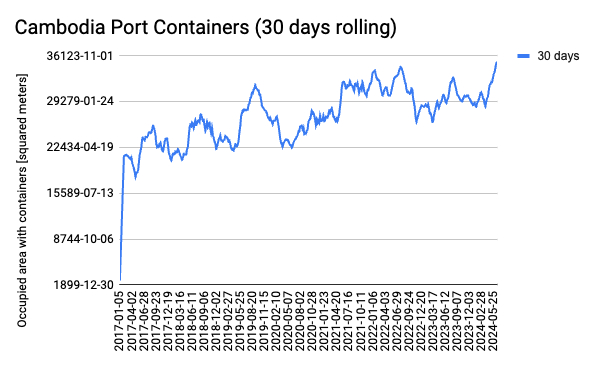



Predicting Cambodia’s future infrastructure needs
SpaceKnow’s data, combined with DLR’s analysis of population density and settlement growth, has provided the World Bank with specific insights into Cambodia’s traffic patterns and aspects of the cargo supply chain by monitoring logistics centres and ports. The World Bank team will be able to incorporate this alternative dataset into their internal analytical workflows, thus being able to forecast future infrastructure needs that could mitigate significant traffic bottlenecks. As the GDA T&I engagement with the World Bank’s Trade & Competitiveness Global Practice team is still in the early stages, it is premature to discuss usage and impact at this time. This story will be updated with additional details as progress is made.



